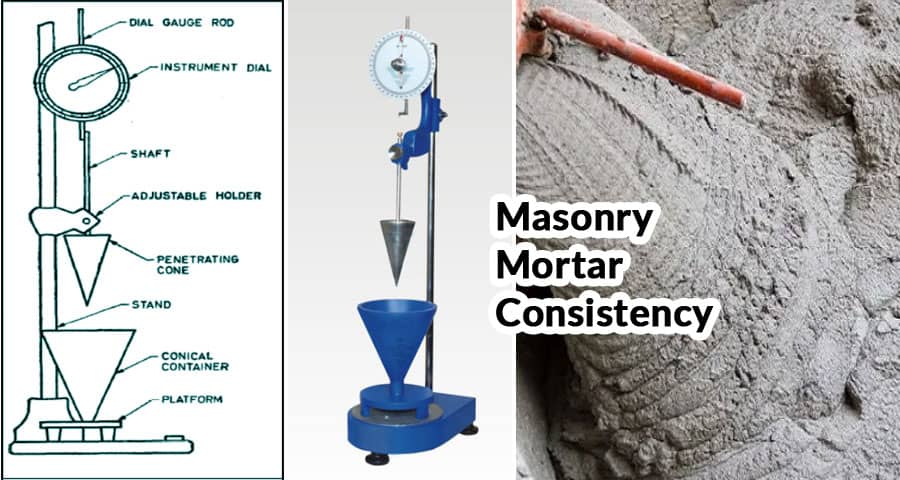Understanding Masonry Mortar Consistency

In the realm of construction, masonry mortar plays a pivotal role in ensuring the structural integrity and longevity of buildings. One crucial aspect of masonry mortar is its consistency, which directly impacts the quality and durability of the structure.
Importance of Consistency in Masonry Mortar
Masonry mortar serves as the binding agent that holds together bricks, stones, or concrete blocks in a masonry structure. The consistency of mortar greatly influences various factors, including bond strength, workability, water retention, and resistance to weathering and shrinkage.
Factors Affecting Consistency
Several factors contribute to the consistency of masonry mortar, including the proportion of ingredients, water content, mixing technique, and environmental conditions. Achieving the perfect balance among these factors is essential for ensuring uniformity and reliability in the mortar's performance.
Methods for Determining Consistency
- Flow Table Test: The flow table test is a widely used method for evaluating the consistency of masonry mortar. In this test, a specified amount of mortar is placed on a flow table and subjected to a series of standardized vibrations. The resulting spread diameterof the mortar provides valuable insights into its consistency and workability.
- Cone Penetration Test: The cone penetration test involves measuring the depth of penetration of a standard cone into the mortar under controlled conditions. This test helps assess the consistency and stiffness of the mortar, with greater penetration indicating a softer consistency and vice versa.
- Slump Test: The slump test, commonly used in concrete testing, can also be adapted for evaluating the consistency of masonry mortar. In this test, a cone-shaped moldfilled with mortar is lifted, and the degree of slumping or deformation indicates the mortar's consistency.
- Flow Cone Test: Similar to the slump test, the flow cone test measures the flow of mortar through a standard cone apparatus. By observing the flow rate and consistency of the mortar, construction professionals can make informed decisions regarding adjustments to mix proportions and water content.
Achieving Optimal Consistency
To ensure optimal consistency in masonry mortar, it is essential to adhere to the following best practices:
- Use high-quality materials, including well-graded sand, Portland cement, and clean water.
- Follow established mix proportions and guidelines provided by industry standards such as ASTM or EN.
- Employ proper mixing techniques, ensuring thorough dispersion and hydration of ingredients.
- Monitor environmental conditions such as temperature, humidity, and wind speed, as these factors can affect the setting time and workability of the mortar.
Conclusion
The consistency of masonry mortar is a critical factor in the success of any construction project. By understanding the importance of consistency and employing appropriate testing methods, construction professionals can ensure the structural integrity, durability, and longevity of masonry structures. By prioritizing quality and precision in mortar consistency, builders can lay the foundation for safer, more resilient buildings that stand the test of time.
